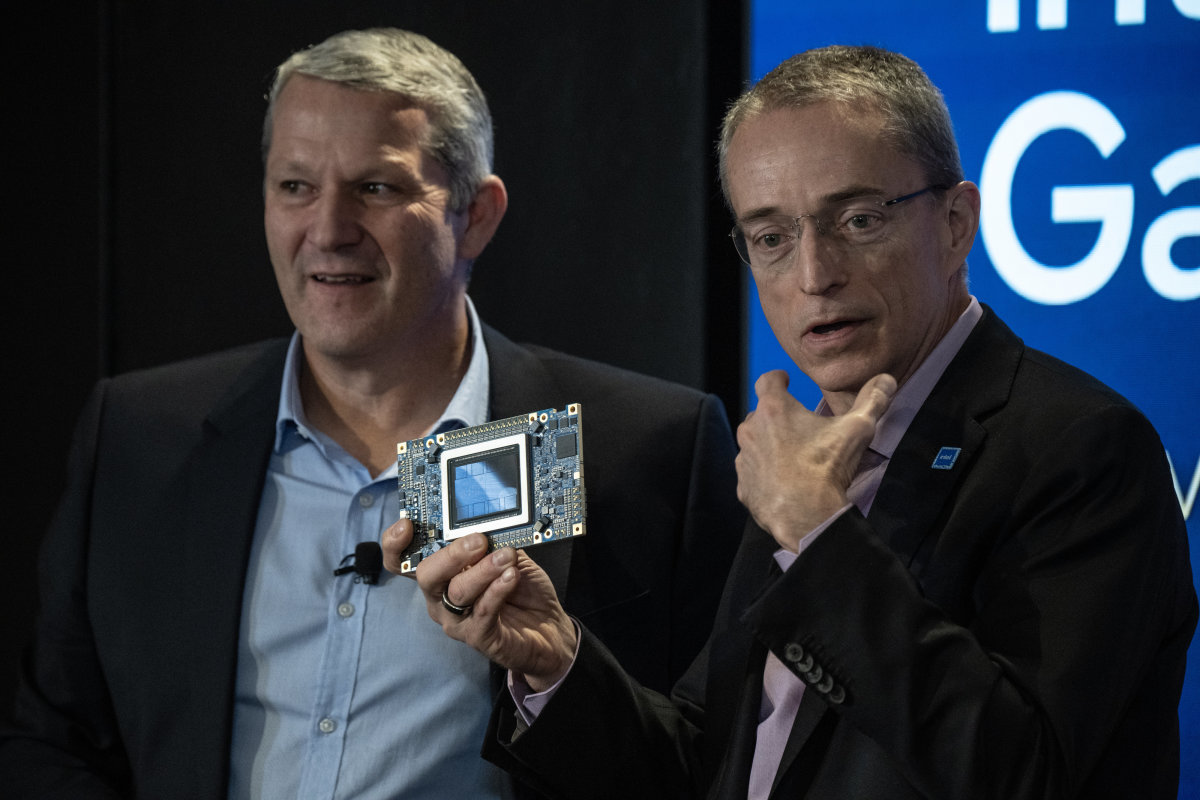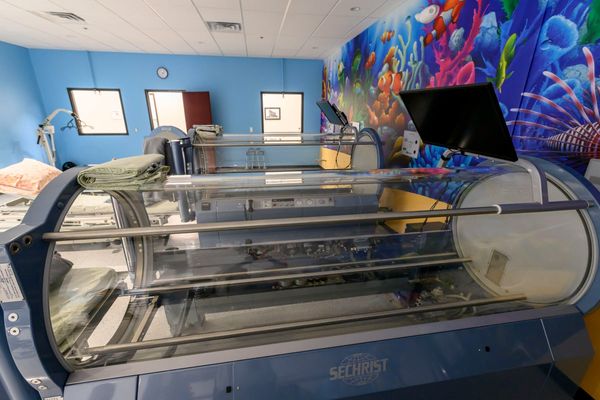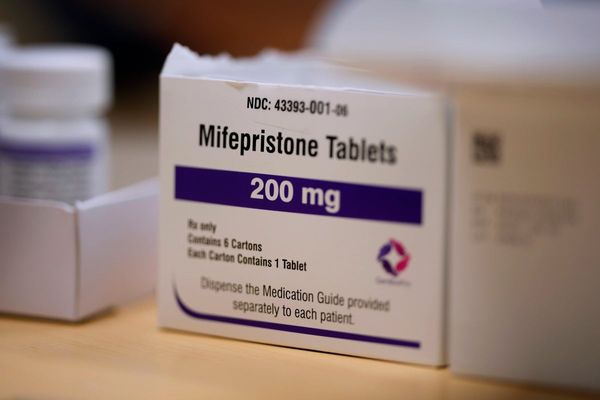
Shares of chip giant Intel jumped more than 9% on Friday (Au. 30), but the gains were not because things are going great.
Intel (INTC) is having a rotten year, and its stock price reflects the misery. Its shares fell an astounding 28.3% in August, despite the big gain on Friday. The shares are down 56.1% for the year.
The shares jumped on a Bloomberg News report that the company and its primary investment bankers are talking about how to fix the mess, the worst the company has experienced in its 56-year history.
Related: Veteran fund manager unveils startling Nvidia stock forecast
The ideas apparently under discussion include splitting Intel's product design and manufacturing businesses. Another topic: Factory projects might potentially be scrapped, Bloomberg said. The report cited sources who "asked not to be identified because the deliberations are private."

Something needs to be done
Falling sales in key markets and rising costs for its ambitious manufacturing turnaround have forced Intel to take drastic moves to conserve cash, The Wall Street Journal reported on Aug. 10.
On Aug. 1, the company reported disappointing earnings. Then, it said it would lay off 15% of the workforce, cut the capital expenditures used to build and equip production facilities, and it suspended the company's dividend. Intel had been paying a dividend since 1992.
Related: Nvidia isn't the only tech titan targeting OpenAI deal
The stock fell 26.1% the next day.
Intel has even sold its 1.8-million share in Arm Holdings (ARM) , the preeminent chip-design company.
Intel's percentage loss in August and its decline for the year are the worst performances of any stock in the Dow Jones Industrial Average. The loss for the month was the fourth worst of any stock in the Standard & Poor's 500 Index, after:
- Super Micro Computer (SMCI) , down 37.6%.
- Drug maker Moderna (MRNA) , down 35.8%.
- Budget retailer Dollar General (DG) , down 31.8%.
To add insult to injury, the year-to-date losses are the worst for any S&P 500 stock except Walgreens Boots Alliance (WBA) . Its shares are down 64.6%.
Walgreens was removed from the Dow Jones industrials on Feb. 26, replaced by Amazon.com (AMZN) . There's speculation Intel might be removed from the Dow, possibly replaced by Nvidia (NVDA) .
The rise of Wintel
Intel's fall from grace has been stunning.
Intel, a critical element in the development of Silicon Valley, was founded in 1968. Under the leadership of the late Andrew Grove, Intel became a major technology force when it joined with Microsoft (MSFT) in creating the chips to power the Windows operations system that powered nearly all non-Apple personal computers in the 1980s and 1990s. Together, they were known as "Wintel."
Related: Analysts reboot Salesforce stock price targets after earnings
Grove was brilliant, aggressive, and demanding. He was famous for coining the phrase "only the paranoid survive." The world knew the catchphrase "Intel Inside."
Between 1992 and 2018, Intel was the biggest semiconductor maker by revenue, until succeeded by Samsung. In January 2020, Intel's market cap hit a record $292 billion.
That was then. The market cap is down 68% to $94.2 billion.
More Tech Stocks:
- Analysts reset AMD stock outlooks after AI acquisition
- Analyst resets Nvidia stock price target before earnings
- Trader who predicted Palantir, SoFi, Rocket Lab rallies updates outlook
Andy Grove had an obsession
Grove, who died in 2016, had an extraordinary ability to detect major shifts in business and technology, and he believed Intel should always be flexible enough to move quickly and make the most of them.
But, after he retired, Intel failed to recognize two major developments:
- The development of mobile phones, which required smaller chips than Intel's X86 family of semiconductors. Those small chips are now mostly designed by Arm Holdings.
- The potential and rapid development of artificial intelligence.
Intel still designs and makes chips in factories in Arizona, New Mexico and Oregon, but most of its competitors, including Nvidia, now concentrate on designing chips that are later manufactured by others, especially Taiwan Semiconductor Manufacturing Company (TSM) .
Intel CEO Pat Gelsinger is a champion of the factories, known as foundries, with a goal of making Intel the second-biggest foundry by 2030. He's had the help of big investors like Brookfield and Apollo and $8.5 billion in grants and $11 billion in loans from the Biden Administration, which has named Intel "a national champion."
Progress is painfully slow, and Gelsinger's vision may be threatened.
Intel expects to sell $500 million of its artificial intelligence chips, known as Gaudi, this year, according to The Economist. Nvidia ships $20 billion of its chips each quarter.
Related: Veteran fund manager sees world of pain coming for stocks







